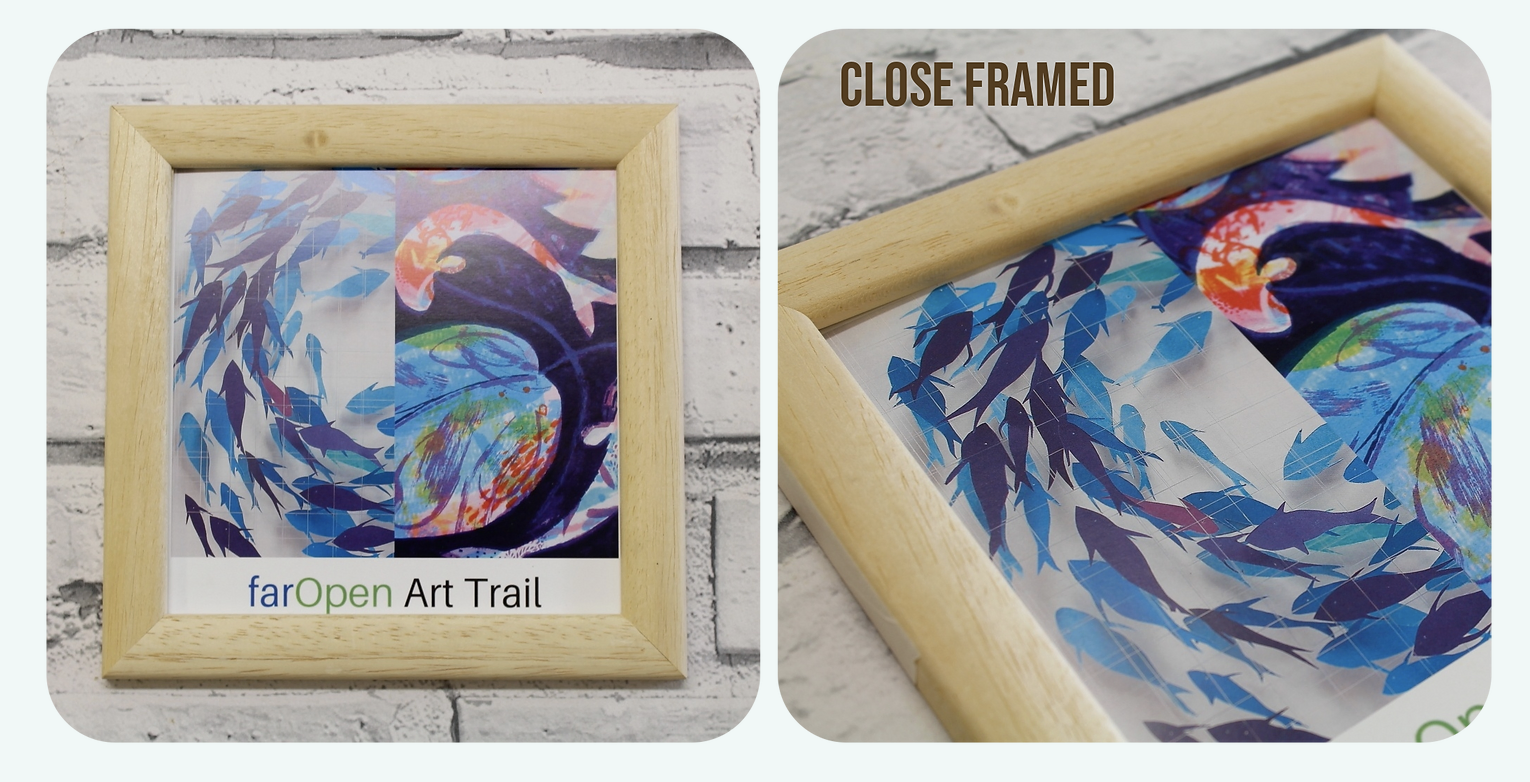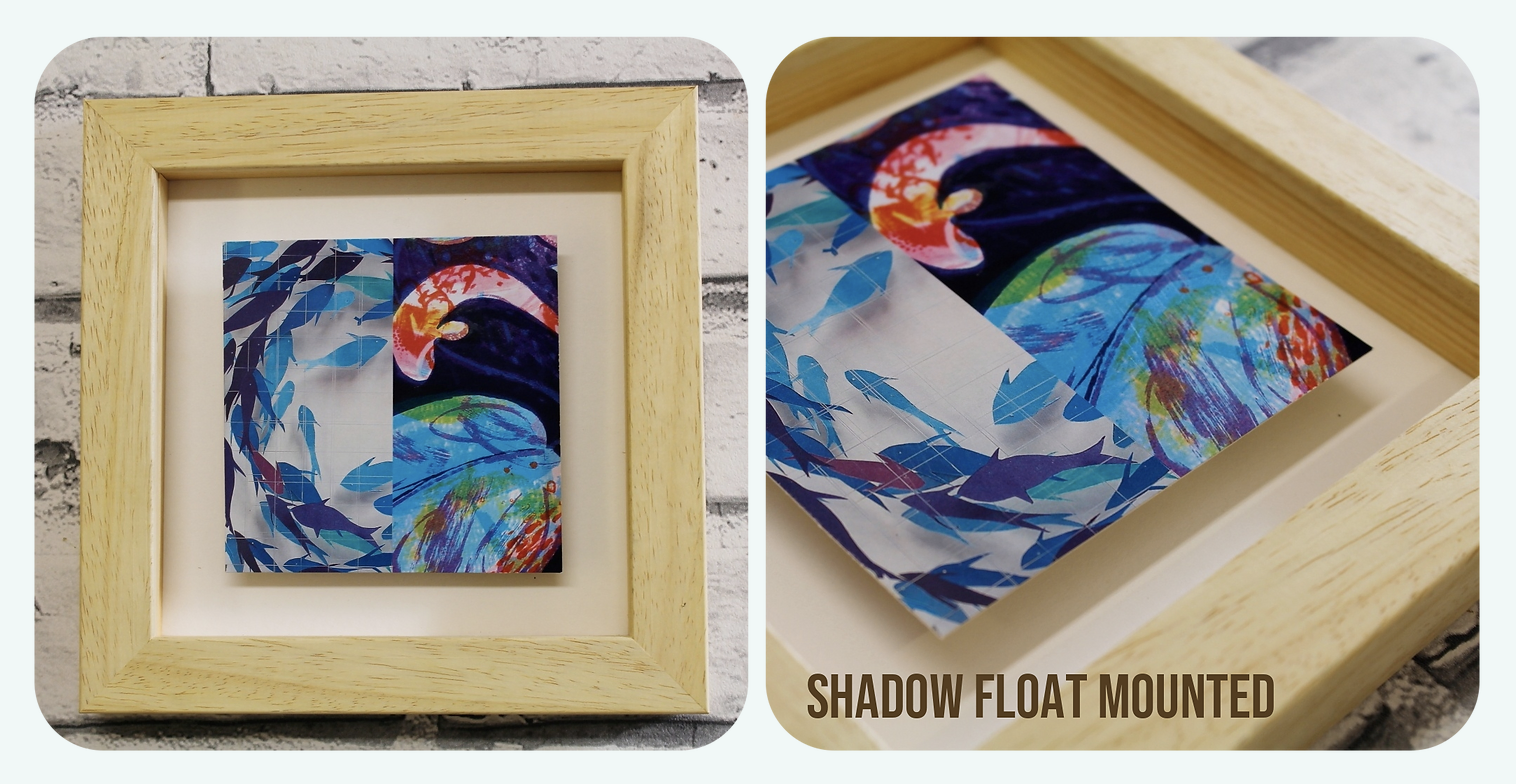|
Do you know the saying there is more than one way to skin a cat? When it comes to framing paper art there is more than one way, in fact there are seven, and a many more variations especially with mounts within those main ways. Which you choose may depend on your budget, the value of item being framed, size constraints, your favoured design option and perhaps the knowledge of your framer. Here is a quick run through of the main seven: Close Framed There is no border to the artwork and the glazing touches the art. Whilst this is not ideal it’s not always possible to get an airspace between the artwork and glass, e.g., with jigsaws that are not on adhesive boards and will fall apart otherwise. Close Framed with glass spacers There is no border to the artwork and the glazing is kept from touching the art with spacers that fit along the rebate (inside edge) of the frame. Single Mount Framed A mount board with an aperture is cut to size so it overlaps the edges of the art a few mms. This along with hinges at the top of the art keeps it in position and creates an airspace. Double Mount Framed As with the single mount with the addition of another mount cut with a larger aperture which sits on top of the first mount. V groove in Mount Framed A small V shaped line is cut out of a single mount so the white core is on display. It can create an illusion of double mounts without adding to the thickness of the work. Float Mounted Framed The artwork is placed directly onto cut to size mountboard and held in place with hinges that come through the back of the mountboard. Ideal for work that has non square edges or interesting deckled effects. Glass spacers keep the glass away from the art. Shadow Float Mounted Framed
This is the same as float mounting with the addition of foam board, cut a slightly smaller size than the art, behind the artwork, lifting it up and creating interesting shadows.
0 Comments
Leave a Reply. |
Archives
May 2024
Categories
All
|
NO IMAGES OR TEXT TO BE REPRODUCED WITHOUT EXPRESS WRITTEN PERMISSION.
Website Design Art by Monique Oliver - Website Management Uschi Arens Price









 RSS Feed
RSS Feed








